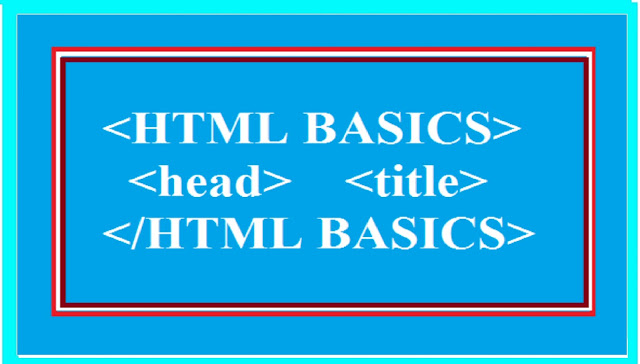HTML Basics- Webpage, HTML document and principles of HTML writing-HTML stands for Hyper Text Markup Language used to create web pages and it was first introduced in 1991 by Tim Banners Lee, a private contractor working at at CERN, a Physics Lab. Though at present the HTML and CSS are a large number of Tags, Elements and Attributes are used to create an HTML document but the first release in 1991, described only 18 basic elements and out of which eleven elements still exist. In fact a website is a collection and other digital assets which can be addressed by URLs.
What is a webpage
A web page is a resource of information or a document suitable for world wide web and can be accessed through a web browser. It is a hypertext document connected to the world wide web and capable of displaying a web page on a monitor or a mobile hand set’s screen. The term is also referred to a computer file, usually written in HTML or compatible markup language. A webpage is in fact an Electronic (digital) document created with HTML and, therefore, accessible with a browser.
What we need to create an HTML document
If you think that to create an HTML document you need something special like some additional hardware or software, It is not true. You are already having everything required to create an HTML document. To create an HTML document you need a computer, a text editor, that you are already having in your windows as notepad and a web browser. Note pad is considered to be an ideal text editor for an HTML document and for this purpose Google Chrome, Mozilla Firefox, Windows internet Explorer or any other web browser will do.
Creating an HTML document
Before working on HTML documents, we need to bear some points in mind like –
1. Hyper Text Markup Language in not case sensitive.
2. Describe the encoding in the encoding attribute
3. Make sure you know what encoding the editor uses
4. Use an XML editor that supports encoding
5. UTF-8 is a web standard and UTF-8 is the safest encoding to use.
6. Extension of the HTML must always be .html or .htm.
7. Entire document is composed between starting tag <HTML> and the ending tag </HTML>.
8. Each HTML document consists of two sections, the head <HEAD> and the body <BODY>
9. The first line in an XML document is called the prolog, It is optional and Normally it contains the XML version number and the encoding used in the document.
10. The tags opened are closed in reverse order to the order in which they were opened. Means the tag opened last will be closed first and the tag opened first will be closed in the end. Understand it with the following example –
See the above example. First we opened the <HTML> tag, then the <HEAD> tag and then the <title> tag. Then we first closed the <title> tag first then the </HEAD> tag. Thus the <HEAD> tag was opened first but closed in the end, and the tag <title> was opened later but closed earlier. The <HTML> is still open because it will be closed in the end after writing the entire document. See one more example given below -
Now save the document with .html or .htm extension. To run the document we can double click on it or open the web browser or open the file as any other file.
What is the basic principle of HTML, principles of HTML writing, HTML page structure, What is HTML, basics of HTML, HTML document, 5 elements of HTML, create a web page, create a simple website, create a webpage with html, paragraph and list tags, html web page examples, source code, how to create html document, use of different tags

